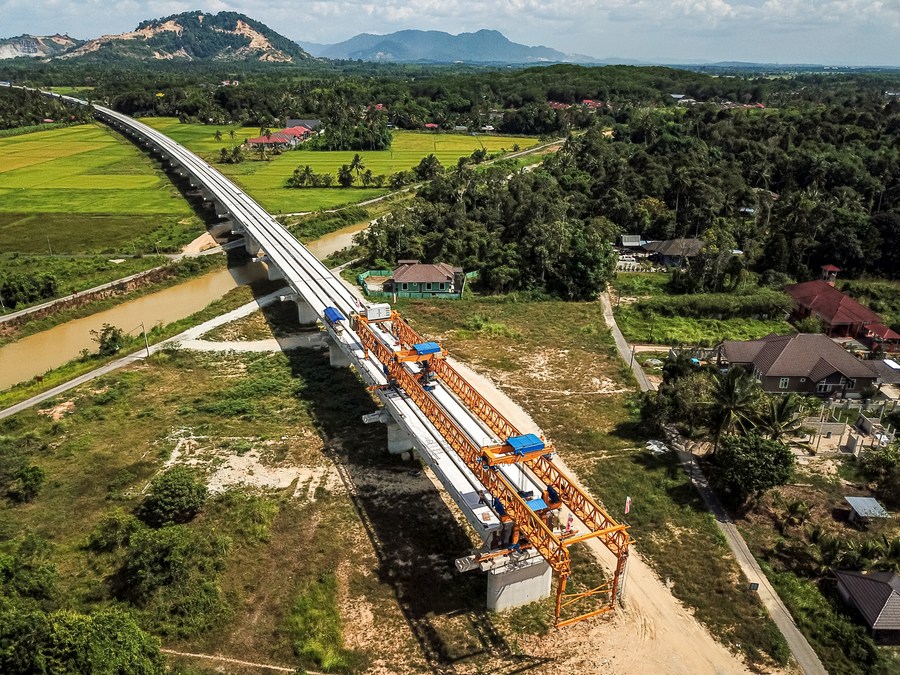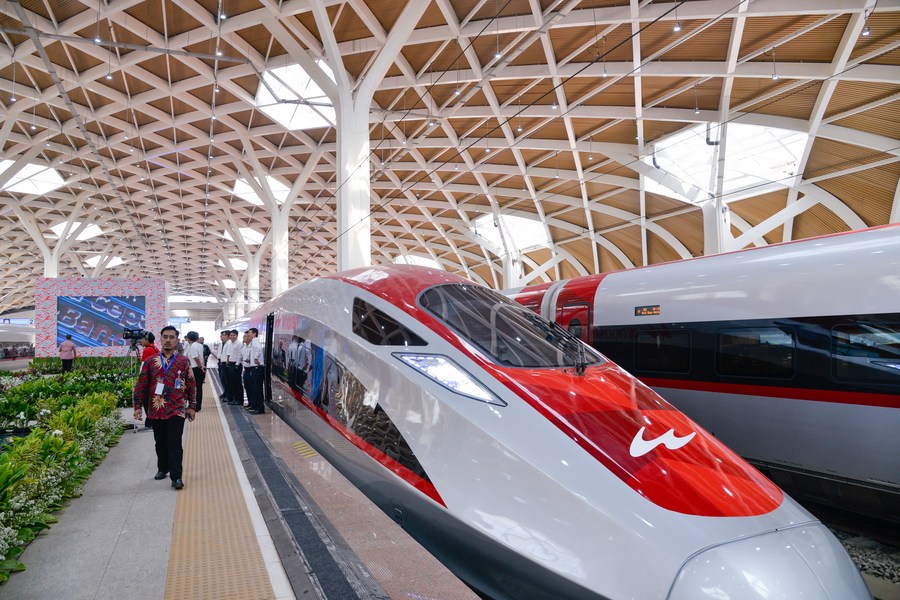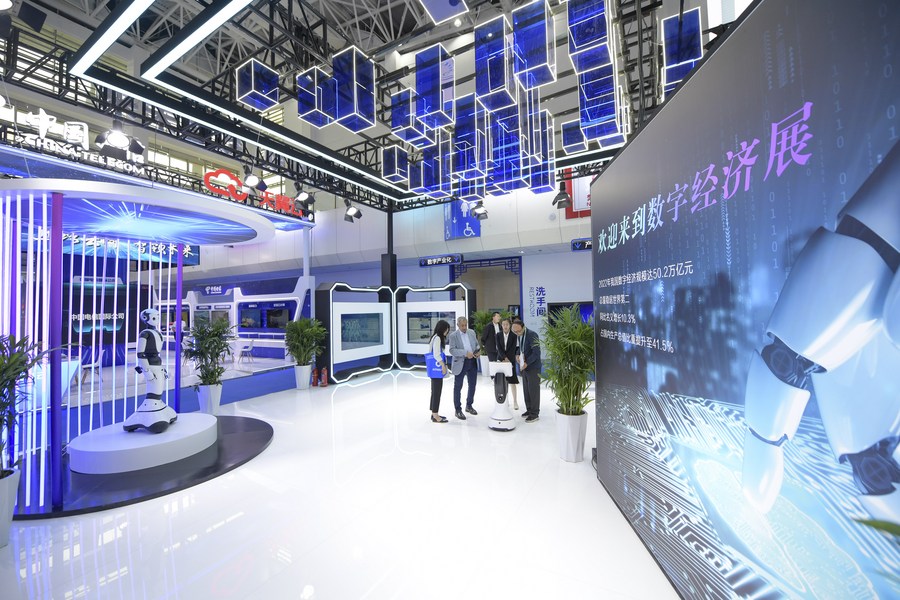
This aerial photo taken on April 26, 2023 shows a construction site of the East Coast Rail Link (ECRL), a major infrastructure project under the Belt and Road Initiative (BRI) in Kelantan, Malaysia. (Xinhua/Zhu Wei)
The third Belt and Road Forum for International Cooperation will be held in Beijing from Oct. 17 to 18. Chinese President Xi Jinping will attend the opening ceremony of the forum and deliver a keynote speech.
The Belt and Road Initiative has been one of the most talked-about buzzwords in international cooperation over the past decade. What exactly is the BRI? How was it implemented and how is it working out so far? Let's find out.
The BRI, a reference to the Silk Road Economic Belt and the 21st Century Maritime Silk Road, was proposed by Chinese President Xi Jinping in 2013 to foster global development. Over the past decade, BRI has delivered substantial benefits to the people and represents a great boon to the world.
Take ASEAN for example. ASEAN countries have seen tangible benefits from the Belt and Road cooperation. The two sides have been each other's top trading partners for three years in a row.

A staff member of a fruit trading company presents an opened durian imported from Vietnam in Pingxiang, south China's Guangxi Zhuang Autonomous Region, on May 19, 2023. (Xinhua/Hu Xingyu)
One example of how the BRI has impacted Southeast Asia can be found in one of the region's most beloved fruits -- durians. Customers used to bear higher durian prices due to the long transportation time and high costs. However, Belt and Road cooperation has facilitated the establishment of the New International Land-Sea Trade Corridor, which shortens the journey to only 4 days from 8-10 days on previous sea-road routes. Thanks to the trade corridor, durian lovers in China can enjoy this fruit at a lower price.
Apart from durians, Southeast Asian specialty products such as Thai dragon fruit and Indonesian coffee have gained swift entry into the Chinese market. Meanwhile, products from China's inland provinces and regions along the route, like the stinky snail noodle from Guangxi Zhuang Autonomous Region, have also explored broader markets worldwide.
All these changes are attributed to the infrastructure boom in partner countries brought about by the BRI. Various landmark projects that benefit the people were launched under the BRI over the past decade.

This photo shows high-speed electrical multiple unit (EMU) trains of the Jakarta-Bandung High-Speed Railway at Halim Station in Jakarta, Indonesia, Oct. 2, 2023. (Xinhua/Xu Qin)
Indonesian President Joko Widodo took a ride last month on the Jakarta-Bandung High-Speed Railway and described the train-taking experience as smooth and comfortable. With a design speed of 350 km per hour, this landmark project under the BRI cuts the traveling time between Jakarta and Bandung from over three hours to around 40 minutes.
The China-Pakistan Economic Corridor, another flagship project under the BRI has generated around 236,000 job opportunities by the end of 2022. The cooperation under the CPEC in the fields of energy, transport, agriculture, and industrial production has also helped Pakistan boost green, low-carbon sustainable development.
China has been continuously utilizing new technologies and making investments in BRI partner countries to support green development. China's water-saving cotton cultivation technology has been helping Uzbekistan to maintain the Aral Sea's surface area and reduce salt and dust storms. The "Green Great Wall" in northern China served as a valuable reference for African countries to combat drought and desertification.

Guests are seen at the digital economy exhibition area of the sixth China-Arab States Expo in Yinchuan, northwest China's Ningxia Hui Autonomous Region, Sept. 22, 2023. (Xinhua/Feng Kaihua)
BRI partners have also focused on digital cooperation. By the end of 2022, China had established the Digital Silk Road cooperation mechanism with 17 countries and advanced Silk Road E-commerce bilateral cooperation mechanism with 30 countries, leveraging digital technology to facilitate world economic recovery.
Under the principles of extensive consultation, joint contribution, and shared benefits, China endeavors to advance high-quality BRI cooperation, lay down a pathway toward common development and bring substantial benefits to the people in all aspects.
Further reading:
Full text: The Belt and Road Initiative: A Key Pillar of the Global Community of Shared Future



